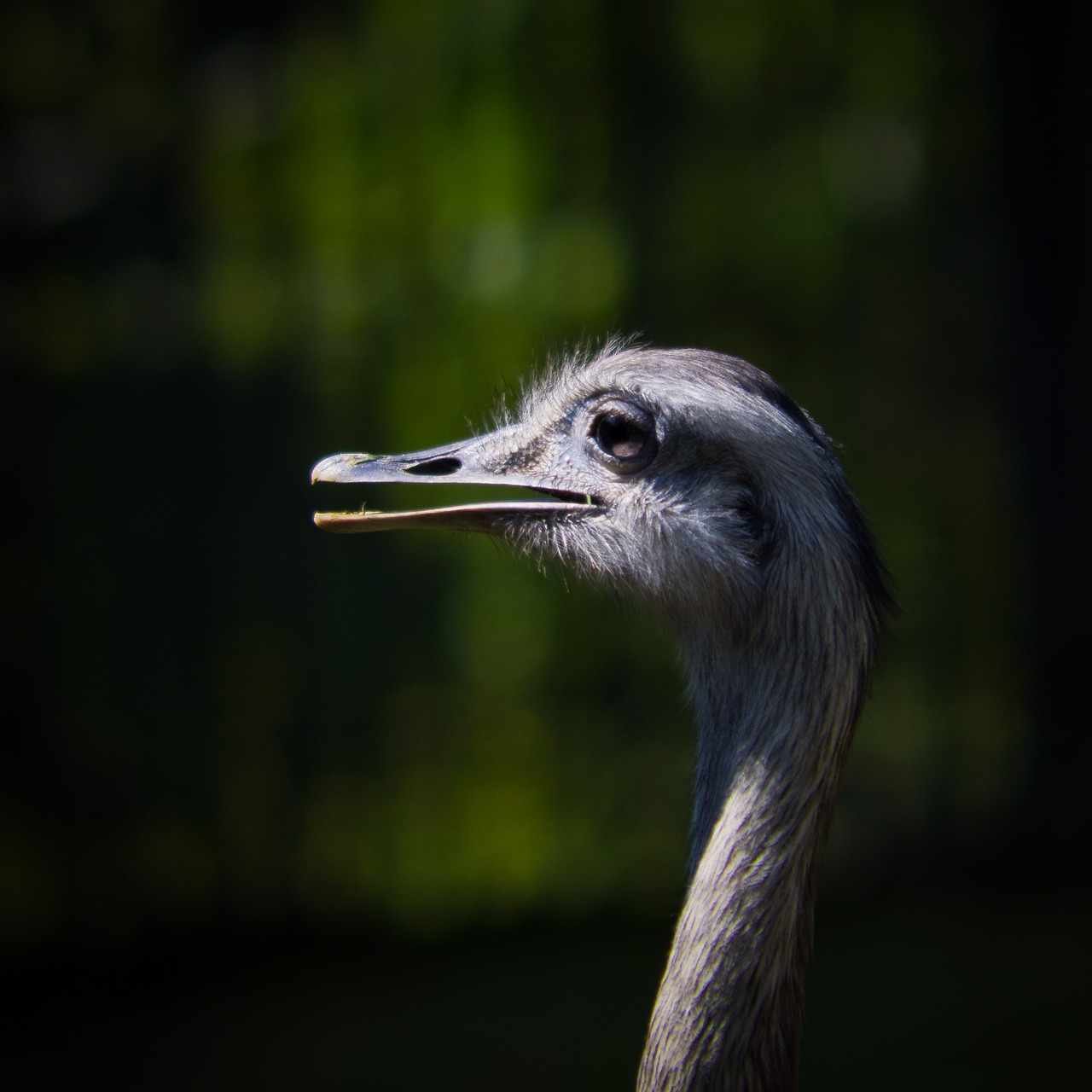Rhea, sometimes known as Rheia, stands out as one of the central figures among the Titans, born from the union of Gaia (the Earth) and Uranus (the Sky). She represents the Earth in a nurturing capacity, embodying the powers of fertility and motherhood.
As part of the second generation of Greek deities, Rhea holds the dual role of both sister and wife to Cronus, the God of Time and Destruction. Together, they reigned over the divine, following Cronus’s overthrow of their father Uranus. Their reign was supported by other Titans who acted as their court.
Key Facts
Rhea’s lineage includes being Cronus’s sister and consort, as well as the mother of several notable Olympian gods. After Cronus seized control, he feared a prophecy foretold by Gaia and Uranus—that he would be overthrown by one of his children. To thwart this fate, Cronus devoured their first five offspring upon birth. However, Rhea managed to save her sixth child, Zeus, hiding him from Cronus. Eventually, Zeus grew up to fulfill the prophecy, overthrowing Cronus and rescuing his siblings.
In the Titanomachy, a decade-long conflict between the Titans and the Olympian deities, Rhea sided with the Olympians. Following their victory, the Titans were cast into Tartarus, yet Rhea was spared and continued to dwell on Mount Olympus alongside her children.
Origins
Rhea is the progeny of Gaia and Uranus, classifying her among the primordial deities. She is notably the sister and spouse to Cronus, who deposed Uranus, a move emblematic of the duality of the Earth and Sky. Rhea’s queenship was brief, as the narratives of Greek mythology see her overshadowed by more prominent figures like Zeus, Apollo, and Athena.
While later myths may downplay her significance, she retains an essential role in Greek mythology and religion, serving as a symbol of motherhood, channeling her powers to aid childbirth, impart tranquility, and alleviate mental distress.
Name and Titles
Rhea’s name translates to “flow” or “ease,” highlighting her nurturing nature. She is also honored by titles such as Meter Megale (The Great Mother) and Meter Theon (Mother of the Gods). Interestingly, the names of Rhea and Hera are anagrams, further connecting their mythological tales.
Family Tree
As a Titan, Rhea is the daughter of Gaia and Uranus, along with being the sister and wife of Cronus. Together, they bore six children: Hestia, Hades, Demeter, Poseidon, Hera, and Zeus. Notably, her grandchildren include significant figures such as Athena and Ares, all of whom play major roles in various mythologies.
Domains of Power
Rhea wields considerable power, particularly in the domains of motherhood and fertility. Her abilities are not oriented towards conflict but instead reflect her nurturing character, helping in childbirth and child-rearing. While she is known for her serene demeanor, tales illustrate her capacity for wrath when provoked.
Symbolism
Artistic representations often show Rhea holding a stone wrapped in swaddling clothes or in a chariot flanked by lions. Her likeness frequently aligns with that of Cybele, an Anatolian goddess, embodying themes of motherhood and earthiness.
Literature and Worship
Rhea’s appearances in ancient Greek literature began around the 4th century BC, where her identity began merging with that of Cybele. Notable references include Hesiod’s accounts and mentions by Apollonius of Rhodes, depicting her as a powerful matron overseeing the elements.
Worship of Rhea predominantly took place in Crete, where she birthed Zeus. Various temples dedicated to her as Meter Theon can be found throughout ancient Greece.
Noteworthy Myths
- Rhea, Cronus, and Zeus: To prevent Cronus from swallowing her last child, Rhea enticed him with a stone, allowing Zeus to be safely hidden away and nurtured until he could reclaim his siblings.
- Rhea and Atys: Following Cronus, Rhea’s anger is illustrated through the tale of Atys, whose infidelity led to disastrous consequences, culminating in annual mourning rites established by the goddess.
- Dionysus’s Resilience: Rhea’s role as the protector is highlighted when she rescues her grandson Dionysus, helping him overcome madness inflicted by Hera and restoring his sanity.
Cultural Representation
In art, Rhea’s representations fuse with those of Cybele, depicted as a matronly figure adorned with a turret crown and seated on a throne. Modern influences showcase her in various forms of media, such as games and literature, where her legacy as a maternal figure continues to thrive.
Conclusion
Rhea remains a compelling character within the realms of Greek mythology, symbolizing the depth of motherhood alongside the strength of the Earth. Her narratives highlight the dualities of nurturing and fierce protection, reflecting a timeless testament to the goddess of generations.



